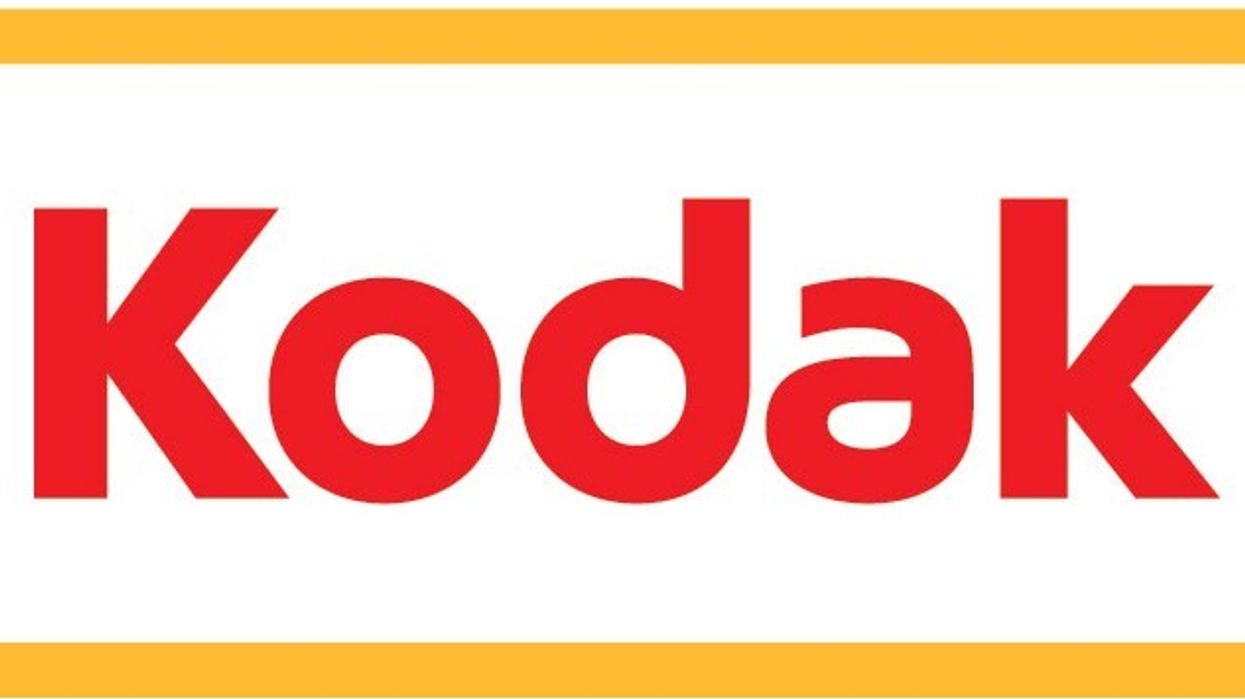Kodak Not Down for the Count Yet, Announces a New Super 8mm Stock to Prove It

Maybe things aren't looking that bad for Kodak after all? The company looked like they were on the verge of collapse not too long ago, and by closing down some of its businesses and shuffling others around, it seems they may once again be solvent. Early last month they made a deal for interim and exit financing to continue functioning and finish reorganization (and leave Chapter 11) by the first half of next year. They've also introduced a brand new Super 8mm film stock -- though you'll have a difficult time actually finding a place to develop said film.
If you didn't see it, here's how the company is staying in business (at least for the time being):
[Kodak] has entered into a commitment letter to secure $793 million in Junior Debtor-in-Possession Financing with Centerbridge Partners, L.P., GSO Capital Partners LP, UBS and JPMorgan Chase & Co. to provide the company with additional case financing and establishes the ability to convert a substantial part of the facility into exit financing, enhancing its liquidity and securing a major component of the company’s exit capital structure. This financing is a key element in the steps to enable the company to successfully execute its remaining reorganization objectives and emerge from Chapter 11 in the first half of 2013.
Here's a little bit from their press release about the Super 8mm film:
Kodak is making its KODAK VISION3 50D Color Negative Film 7203 available in the Super 8 mm format. This fine-grained, daylight-balanced stock will be available in January 2013, giving filmmakers more options and flexibility for shooting on location. KODAK VISION3 50D film was introduced last year in the 35mm and 16mm formats. It is a low-speed color negative optimized for capturing images in natural or simulated daylight conditions...“There are a wide range of Super 8 users around the globe, and this gives them another stock for their toolbox,” says Kodak’s Mike Ryan, director of film technology for the Entertainment Imaging Division. “Now filmmakers turning to the small gauge format can take advantage of the finest grain motion picture technology on the market to craft the distinctive look they desire from a film captured image.”...With this addition to the Kodak Super 8 film portfolio, filmmakers can choose from three color negatives ranging in speeds from EI 50 to 500, or the KODAK TRI-X Black & White Reversal Film 7266.
With how grainy Super 8mm footage actually is when you're blowing it up, a stock like this will be good for mixing in with more higher resolution film stocks or digital due to the smaller grain size. Not many of you out there will still be shooting on Super 8mm (let alone any film at all), but for specialty productions, this should prove to be a fantastic-looking daylight film.
It's clear that the company is going to be relevant as long as major films are still being shot on celluloid. Kodak has so far survived on diversification, but many of the businesses that used to be a part of the company are now being shut down to make way for a leaner and meaner Kodak in 2013. I'm not really sure even with this debt financing how long Kodak will be able to continue their operations, but if things go as planned, they will still be making film well into (and through) next year.
Film is becoming less relevant the less it's used by major productions, and it won't be long before even the unconverted take a peak at digital and never turn back. If you've never touched the stuff before, now might be a better time than any, as labs are closing down operations left and right. For example, there aren't many labs still processing Super 8mm -- which is just another sign of the times. Motion picture film may not disappear tomorrow, but its future is entirely reliant on those high-end productions still using it.
What do you think of Kodak's situation, and that of film in general? Do you think you might be shooting on this new film stock? If not, have you shot film before?
Links:
[via Creative Cow]












